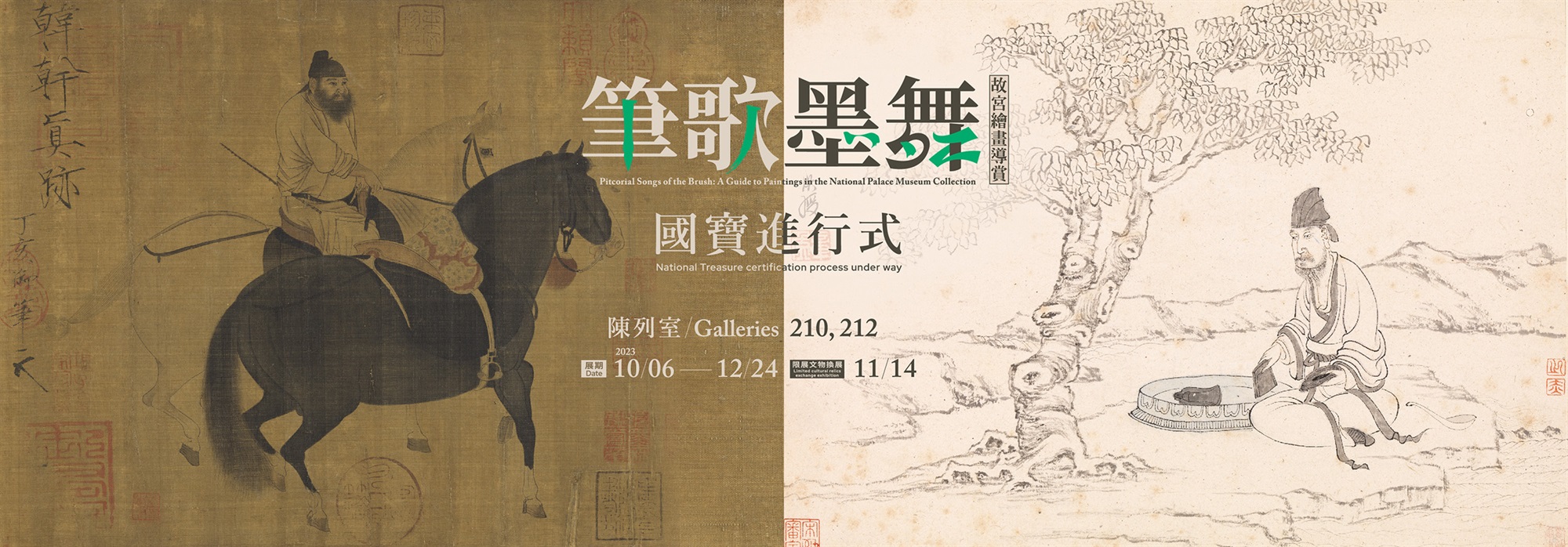Landscape Painting
-
Jade Mountain Afloat on a Vast River, Li Tang, Song dynasty
An island stands precipitously in the midst of a vast river. Windswept waves surround the landmass, creating the sense that it is on the verge of taking flight. In the near ground there is a wharf at which two boats are moored. The rich collections of features dotting the island that rises from the heart of the river—including trees, Buddhist temples, and pagodas—were painted with outstandingly subtle skill. Although an old inscription ascribes this piece to Li Tang, it bears little similarity to Li’s forceful and firm painting style; its brushwork is actually more akin to the graceful and smooth approach seen in Guo Xi’s “Early Spring.” Additionally, twisting, turning, rising, and falling brush movements are highly pronounced in the island’s outline, in a manner very similar to the way Guo Xi painted boulders in his works’ foregrounds. The fresh and luscious use of brush and ink throughout this piece is also reminiscent of the techniques used to create the hallucinatory, mist-enveloped mountain ridges in “Early Spring,” indicating that this masterpiece may have been painted by an heir to Guo Xi’s influence sometime during the Xuanhe or Shaoxing reign periods (1119-1162).
-
The Eight Views of Jiahe, Wu Zhen, Yuan dynasty
Wu Zhen (1280-1354), of Jiaxing in Zhejiang province, had the style name Zhonggui and the sobriquet “Plum Blossom Taoist” (Meihua Daoren). In recognition of his excellent use of ink, Wu is listed with Huang Gongwang (1269-1354), Ni Zan (1301-1374), and Wang Meng (1308-1385) as one of the four masters of Yuan dynasty painting.
Completed in the fourth year of the Zhizheng reign period (1344), this work emulates the example set in a Northern Song dynasty work entitled “Eight Views of Xiaoxiang.” The scroll on display here illustrates eight major attractions located in and around the city of Jiaxing (also known as Jiahe) in Zhejiang province. Each painted locale is labeled in writing. In addition to employing negative space to string each of the scenic spots together, Wu Zhen arranged the overall composition using relative positioning. While the brushwork is quite sparing, Wu’s use of ink overflows with delightfully interesting elements that conjure up scenes of serenity and seclusion.


